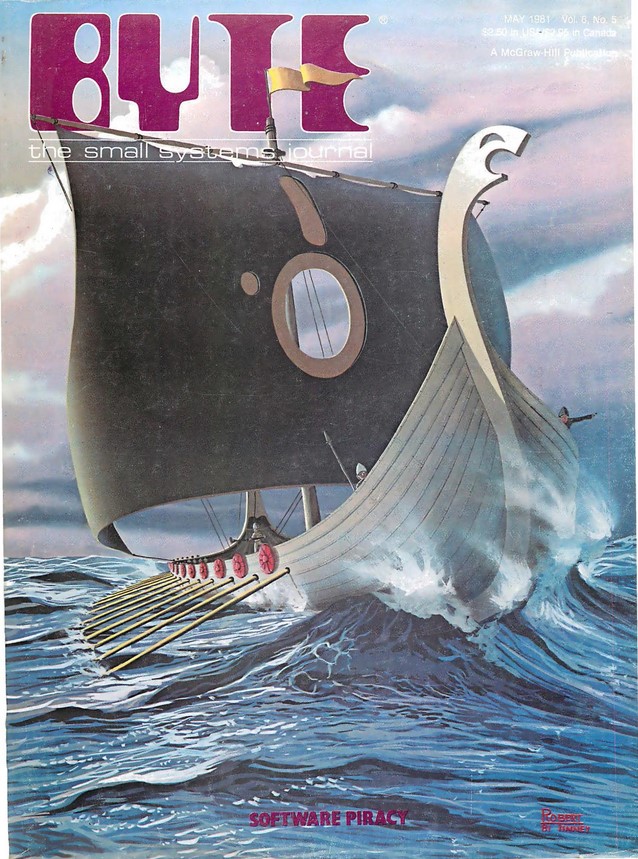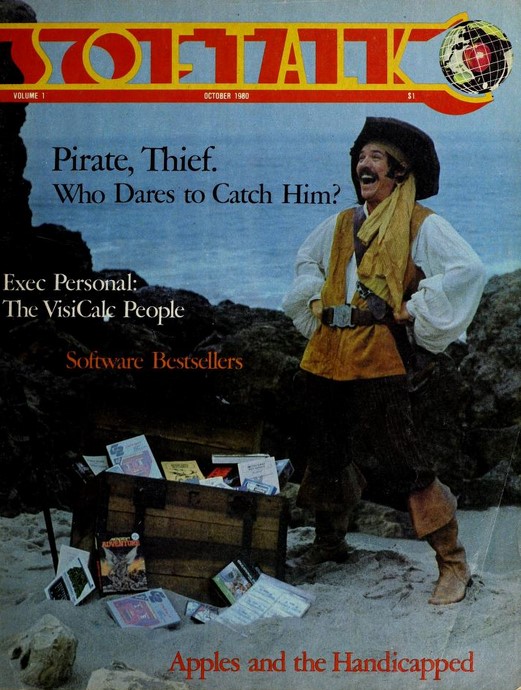The initial Locksmith advertisement. Published in MICRO: The 6502 Journal, January 1981, 80. Image from the collection of Jason Scott.

Software Piracy at the Dawn of Personal Computing
Why Piracy?

In the same feature, Softalk journalists extrapolated that if the average Apple owner possessed $100 worth of pirated software and Apple was gaining ten thousand new customers a month, then $1 million was being “siphoned out of the industry monthly.” This was the general party line most publishers, as well as mainstream journalists, took with regard to copy protection, insisting that without ways of preventing unauthorized duplication, “illegitimate copies of programs threaten the fabric of personal computing.”Starting by making copies for enthusiastic friends, some personal computer users move on to cranking out tens to hundreds of copies that they nonchalantly pass on to their friends’ friends and mere acquaintances. Where scruples draw a line and a halt varies; but few who have gone this far can resist the opportunity to profit from their work, and they begin to offer “their” product for sale.
How Copy Protection Worked
Peace of Mind
Guidance on floppy disk hazards and software backups, provided in the Apple II DOS Manual (1981), pg. 38. Image courtesy The Internet Archive.
A photocopy of a 5.25-inch The Print Shop floppy disk that had been chewed up by a user’s dog. The disk itself was mailed to Brøderbund as evidence of damage, in order to receive a backup disk. Brøderbund employees published a photocopy of the disk in the October 1984 issue of the company newsletter. Image courtesy The Strong, Rochester, New York.
Kenneth Wasch, head of the Software Publishers Association, at PC Forum 1988. Image courtesy Flickr.